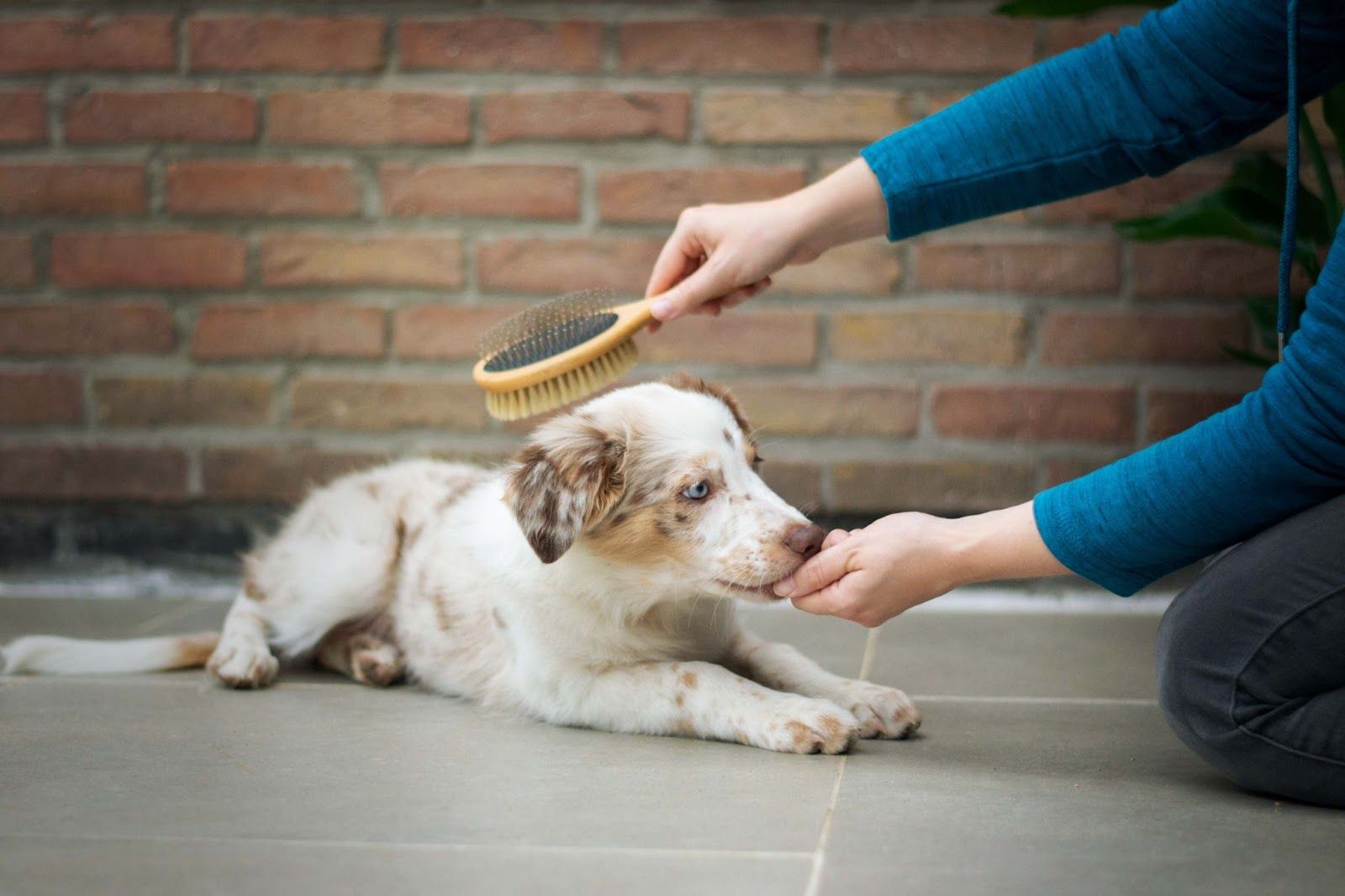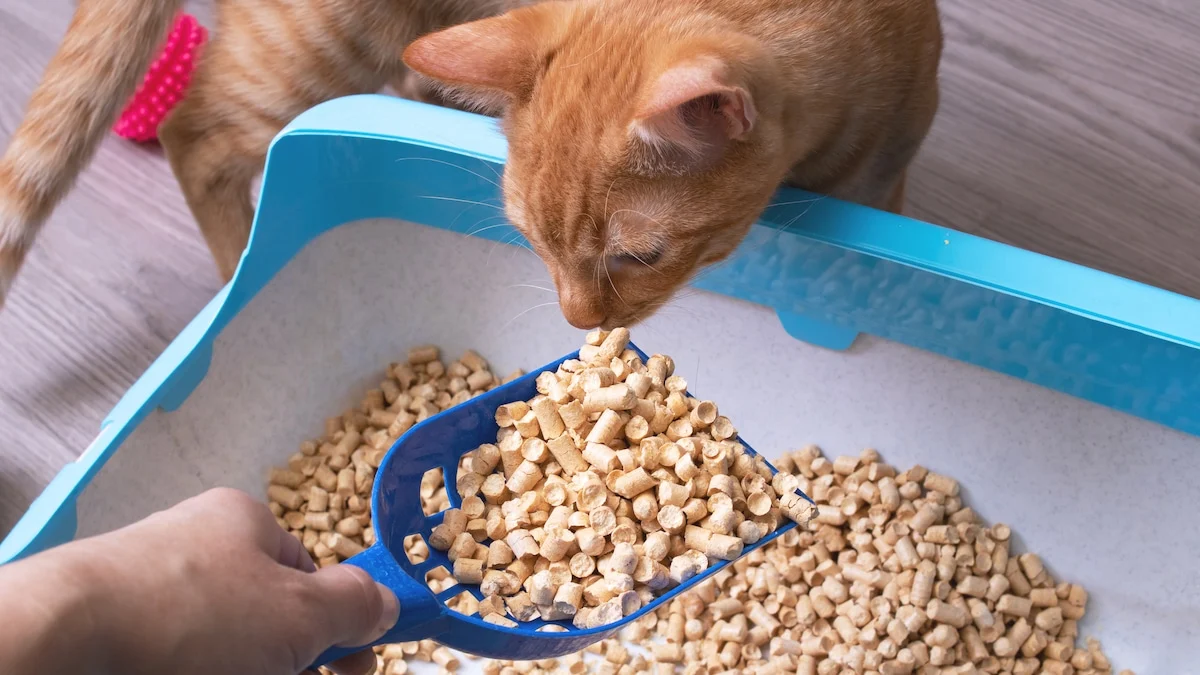The joy of having a short-haired dog is often accompanied by the misconception that grooming isn’t as important for them as it is for their long-haired counterparts. However, maintaining a short-haired dog’s coat is just as crucial for their health and well-being. Regular grooming not only keeps their skin healthy but also helps foster a strong bond between you and your furry friend. One of the key tools in your grooming arsenal should be the right brush. In this article, we’ll delve into the world of short-haired dogs and explore the best brushes to keep their coats looking radiant and their skin in top condition.
Understanding Short-Haired Dog Coats
Short-haired dog breeds, also known as smooth-coated breeds, possess a coat that is usually sleek, dense, and close to the body. Despite their shorter fur, these dogs still shed, albeit to a lesser extent than their long-haired counterparts. Grooming short-haired dogs serves multiple purposes. It helps to remove loose fur, distribute natural oils across the skin, prevent matting, and promote healthy blood circulation. Furthermore, the grooming process is an excellent opportunity for bonding and establishing trust between you and your pet.
Choosing the Right Brush
Selecting the perfect brush for your short-haired dog can be a bit overwhelming due to the variety of options available. To make an informed decision, consider the following factors:
Bristle Type:
The type of bristles on the brush is crucial. For short-haired dogs, brushes with soft, natural bristles are often recommended. These bristles help distribute the natural oils produced by your dog’s skin, giving their coat a healthy sheen.
Brush Design:
Opt for a brush with a design that fits comfortably in your hand. An ergonomic handle ensures that grooming sessions are comfortable and efficient for both you and your dog.
Gentleness:
Short-haired dogs generally have sensitive skin, so it’s essential to choose a brush that is gentle and doesn’t cause any discomfort or irritation.
Versatility:
A brush that can serve multiple purposes, such as removing loose fur and massaging the skin, is a great choice. Look for brushes with dual functionalities.
Quality:
Investing in a high-quality brush might be slightly more expensive initially, but it will last longer and offer better results in the long run.
Size of Dog:
The size of your dog matters when choosing a brush. Smaller dogs might benefit from smaller brushes, while larger dogs require brushes with a larger surface area.
Top Brushes for Short-Haired Dogs
Slicker Brush:
A slicker brush is a versatile tool that works well for short-haired dogs. It features fine wire bristles that help remove loose fur, dirt, and debris from your dog’s coat. The gentle brushing action also stimulates the skin and promotes blood circulation. Look for a slicker brush with rounded bristle tips to prevent scratching your dog’s skin.
Rubber Brush/Grooming Glove:
Rubber brushes or grooming gloves are excellent choices for short-haired dogs. They are gentle on the skin and effectively remove loose fur while providing a massaging sensation. These brushes are particularly useful for dogs that are a bit more sensitive to traditional bristle brushes.
Bristle Brush:
A soft-bristled brush is perfect for short-haired dogs with sensitive skin. It helps distribute natural oils and adds a healthy shine to the coat. Bristle brushes are also great for finishing touches after using other brushes to ensure your dog’s coat looks sleek and well-groomed.
Grooming Mitt:
Similar to a grooming glove, a grooming mitt is a gentle tool that can be worn like a glove. Its textured surface effectively removes loose fur and gives your dog a pleasant massage. Grooming mitts are particularly useful for dogs that might be wary of traditional brushes.
Combination Brush:
A combination brush typically features two sides with different bristle types. One side might have soft bristles for distributing oils, while the other side has wire bristles for detangling and removing loose fur. This type of brush provides the benefits of multiple tools in one.
Grooming Tips for Short-Haired Dogs
Regular Grooming Sessions:
Even though short-haired dogs don’t require as much grooming as long-haired breeds, regular sessions are still important. Aim for at least once a week to keep their coat and skin in good condition.
Be Gentle:
Always be gentle when brushing your dog’s coat. Avoid applying excessive pressure or using harsh brushing motions that could cause discomfort or damage to the skin.
Check for Mats:
While short-haired dogs are less prone to matting, it’s still essential to check for any tangles or knots, especially around areas like the ears, neck, and tail.
Keep Sessions Short:
Short-haired dogs might have more sensitive skin, so keeping grooming sessions relatively short prevents any discomfort or irritation.
Reward Positive Behavior:
Reward your dog with treats or praise during and after grooming sessions to create a positive association with the experience.
Conclusion
Short-haired dogs may not have the lengthy coats that require intricate grooming, but their grooming needs are no less important. Regular grooming sessions not only maintain the health of their skin and coat but also provide opportunities for bonding and strengthening the relationship between you and your pet. The right brush can make a significant difference in your dog’s grooming routine. When choosing a brush, consider factors such as bristle type, design, gentleness, versatility, and quality. Remember that each dog is unique, so it might take a bit of trial and error to find the brush that suits your pet’s preferences. With the right brush and a little care, your short-haired dog will have a healthy and shiny coat that reflects their well-being and happiness.


